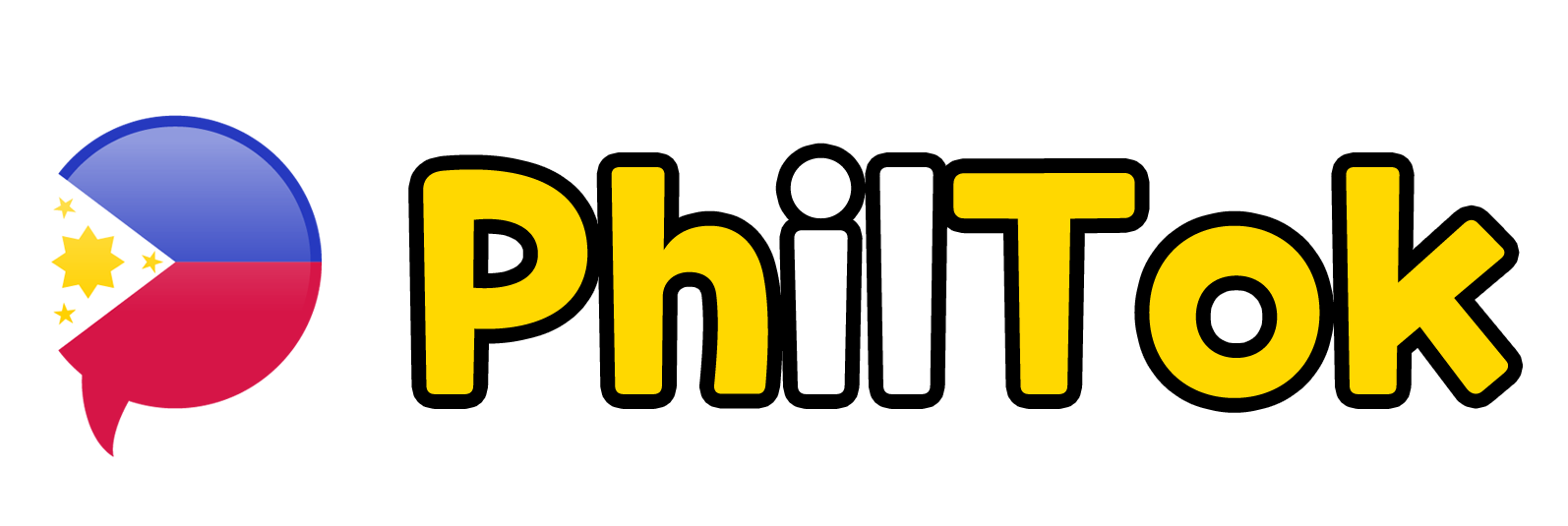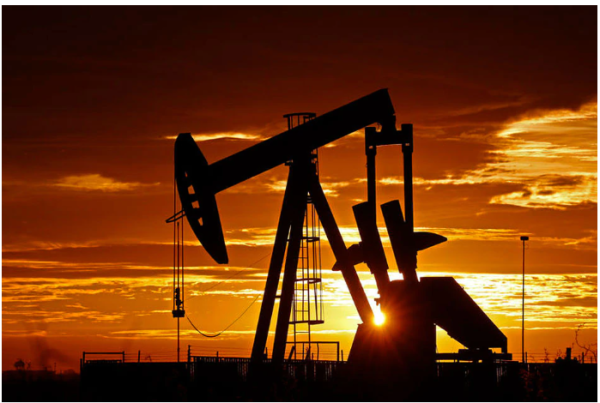[8.2] 코로나 위기 이후, OPEC+의 다음은 무엇입니까?
컨텐츠 정보
- 18,197 조회
본문
런던 - OPEC+ 주요 산유국 그룹이 수요일에 주요 생산국 회의를 엽니다.
다음은 러시아의 우크라이나 침공에 따른 또 다른 도전에 직면한 카르텔의 현재 생산 계약과 그 결과 및 향후 시나리오를 살펴봅니다.
2020년 거래의 목적은 무엇입니까? OPEC+는 2020년 4월 팬데믹 기간 중 유가 붕괴를 막기 위해 하루 970만 배럴의 생산량을 대폭 줄이기로 결정했습니다.
효과가 있었습니다. 마이너스로 빠져들던 가격이 올랐습니다.
수요 회복에 직면한 동맹은 지난해 생산량을 소폭 늘리기 시작했고, 하루 40만 배럴을 증산하기로 합의했습니다. 그것은 6월에 생산을 약간 늘리기로 합의했습니다.
이 그룹은 처음에 팬데믹의 불확실성 때문에 몇 달을 더 추가하기 전에 정상으로 돌아오기 위해 2022년 4월까지 자신을 주었습니다.
연구 컨설팅 회사인 Energy Perspects의 지정학적 분석가인 Matthew Holland는 "기술적으로 이 거래는 올해 말까지 계속됩니다."라고 말합니다.
하지만 그들은 "예상했던 것보다 더 일찍 그들의 삭감을 끝냈습니다"라고 그는 말했습니다.
"적어도 서류상으로는 2020년 5월에 합의된 모든 생산 감축이 8월에 다시 번복될 것입니다."라고 Commerzbank의 상품 분석가인 Carsten Fritch가 말했습니다.
OPEC+가 왜 할당량을 채우지 않는 거죠?
카르텔은 정기적으로 목표를 달성하지 못합니다.
국제 에너지 기구에 따르면, 6월의 실제 생산량은 합의된 수준보다 하루에 약 280만 배럴이었습니다.
Fritsch에 따르면, "이러한 차이가 다음 두 달 동안 크게 줄어들 것 같지 않습니다."
OANDA 거래 플랫폼의 분석가인 Craig Erlam은 "보충해야 할 많은 잃어버린 장소가 있다"고 말했습니다.
팬데믹 기간 동안 투자와 유지보수의 부족뿐만 아니라 장기화된 정치적 위기가 석유 인프라를 마비시키고 있습니다.
앙골라와 나이지리아와 같은 몇몇 OPEC+ 국가들은 이미 최대 생산 능력을 갖추고 있는 것으로 보여 더 이상 연료를 공급할 수 없습니다.
러시아가 우크라이나 전쟁과 관련해 서방의 제재를 받은 이후 러시아 생산량도 감소했습니다.
사우디 아라비아와 아랍에미리트만이 여력이 있는 것으로 보입니다.
그러나 OPEC의 실질적인 지도자인 리야드는 OPEC의 다른 회원국들의 저조한 실적을 만회할 준비가 되어 있지 않다고 말했습니다.
치솟는 유가에 안달하는 서방의 압력을 받고 있는 사우디의 그러한 행동은 사실 "러시아와의 추가적인 협력을 위태롭게 할 수 있다"고 프리치는 경고했습니다.
무엇이 예상됩니까?
수요일 회의 결과는 이전 회의보다 예측 가능성이 낮습니다.
프리치는 카르텔이 "실제 생산량과 당초 합의된 생산량 사이의 격차를 줄이기 위해" 9월 생산 목표를 다시 올리기로 결정할 수 있다고 말했습니다.
코메르츠방크 전문가는 이를 통해 사우디아라비아와 UAE가 협정을 위반하지 않고 생산량을 더 늘릴 수 있을 것이라고 말했습니다.
분석가들은 전염병 기간 동안 시장을 안정시킨 현재의 거래로 확장될 것으로 기대하고 있습니다.
에너지 측면 분석가인 홀랜드는 OPEC+ 회원국들이 2022년 말까지 수개월에 걸친 계약에 합의할 수 있으며, "그 후 12월에 훨씬 더 긴 기간에 합의할 수 있을 것"이라고 말했습니다.
이 그룹은 비디오 링크를 통해 매월 열리는 회의로 이어진 전염병 이후 처음으로 비엔나에 있는 본사에서 직접 만날 예정입니다.
This is the Original Article from ABS-CBN NEWS
LONDON - The OPEC+ group of major oil-producing nations holds a key output meeting on Wednesday.
Here is a look at the cartel's current production agreement and its outcome as well as scenarios for the future as the group faces another challenge following Russia's invasion of Ukraine:
What was the 2020 deal's aim? OPEC+ in April 2020 decided to drastically cut its output by 9.7 million barrels a day to stop the collapse of oil prices during the pandemic.
It worked: prices, which were slipping into negative territory, rose.
Faced with the recovery in demand, the alliance began to marginally increase output last year, agreeing to add some 400,000 barrels per day to the market. It agreed to slightly increase production in June.
The group initially gave itself until April 2022 for a return to normal, before adding a few more months because of the pandemic's uncertainties.
"Technically, the deal runs through to end of the year," Matthew Holland, geopolitical analyst for research consultancy Energy Aspects.
But they "finished unwinding their cuts earlier than expected," he said.
"All the production cuts agreed in May 2020 will have been reversed again in August, at least on paper," said Carsten Fritsch, commodity analyst at Commerzbank.
Why isn't OPEC+ meeting its quotas?
The cartel regularly fails to meet its targets.
The actual production volume in June was around 2.8 million barrels per day below the agreed level, according to the International Energy Agency.
According to Fritsch, "it is unlikely that this discrepancy can be reduced significantly in the two subsequent months".
Craig Erlam, analyst at OANDA trading platform, said there is "a lot of lost ground to make up".
Extended political crises as well as a lack of investment and maintenance during the pandemic is crippling oil infrastructure.
Several OPEC+ countries like Angola and Nigeria cannot pump more, already seeming to be at maximum capacity.
Russian production has also fallen after Moscow was hit by Western sanctions over its war in Ukraine.
Only Saudi Arabia and the United Arab Emirates appear to have spare capacity.
But Riyadh, OPEC's de facto leader, said it was not ready to make up for the underperformance of the cartel's other members.
Any such action by Saudis, under pressure from the West fretting over soaring oil prices, could actually "jeopardize further cooperation with Russia", Fritsch warned.
What is expected?
The outcome of Wednesday's meeting is less predictable than previous gatherings.
Fritsch said the cartel could decide to raise production targets for September again "to close the gap between actual production and the originally agreed production volume".
The Commerzbank expert said this would allow Saudi Arabia and the UAE to further increase their production without violating the agreement.
Analysts expect an extension to the current deal, which stabilized the market during the pandemic.
For Energy Aspects analyst Holland, the OPEC+ members could agree a multi-month deal running through to the end of 2022, "and then look to agree something much longer term in December".
The group will meet at its headquarters in Vienna in person for the first time since the pandemic, which led to monthly meetings held via video link.
관련자료
-
이전
-
다음


